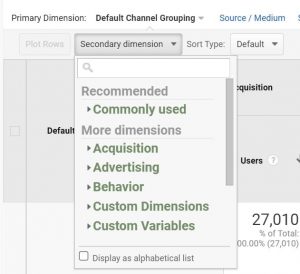TikTok’s Upcoming Ad Product Bypasses Privacy Regulations

In an effort to help advertisers target specific audiences while bypassing ongoing privacy regulations, TikTok is developing a privacy-tech product called “PrivacyGo.”
PrivacyGo will work similarly to a data cleanroom, which allows two parties to pinpoint overlaps in their audiences by comparing data sets.
It would effectively provide a strategic way to raise advertising revenue in the face of targeting and measurement challenges caused by the likes of Apple’s privacy protocol.
“For example, a car manufacturer might compare its own prospective customer data to a segment of TikTok users who have watched car videos, target them with ads, and measure whether those ads drove results, like visits to a website,” explains Business Insider, which broke the story.
Advertisers will be able to match their CRM info with TikTok’s audience insights without compromising regulations or accessing each other’s information. The company says it uses “multi-party computation” (MPC) that features a new way of finding commonalities in multiple data sets without sharing the original sources.
TikTok, which is likely trying to ease tensions around its potential connection to China’s Community Party, has pointed out that the U.S. government takes a similar approach to analyzing census data.
In addition, TikTok is promising transparency in its data-matching process by making PrivacyGo available open-source and posting information about its techniques on GitHub.
By offering its ad partners enhanced targeting abilities without violating protection protocols, TikTok could provide rare user insights into one of the world’s leading social networks while helping brands make more of their ad campaigns.
(2)








